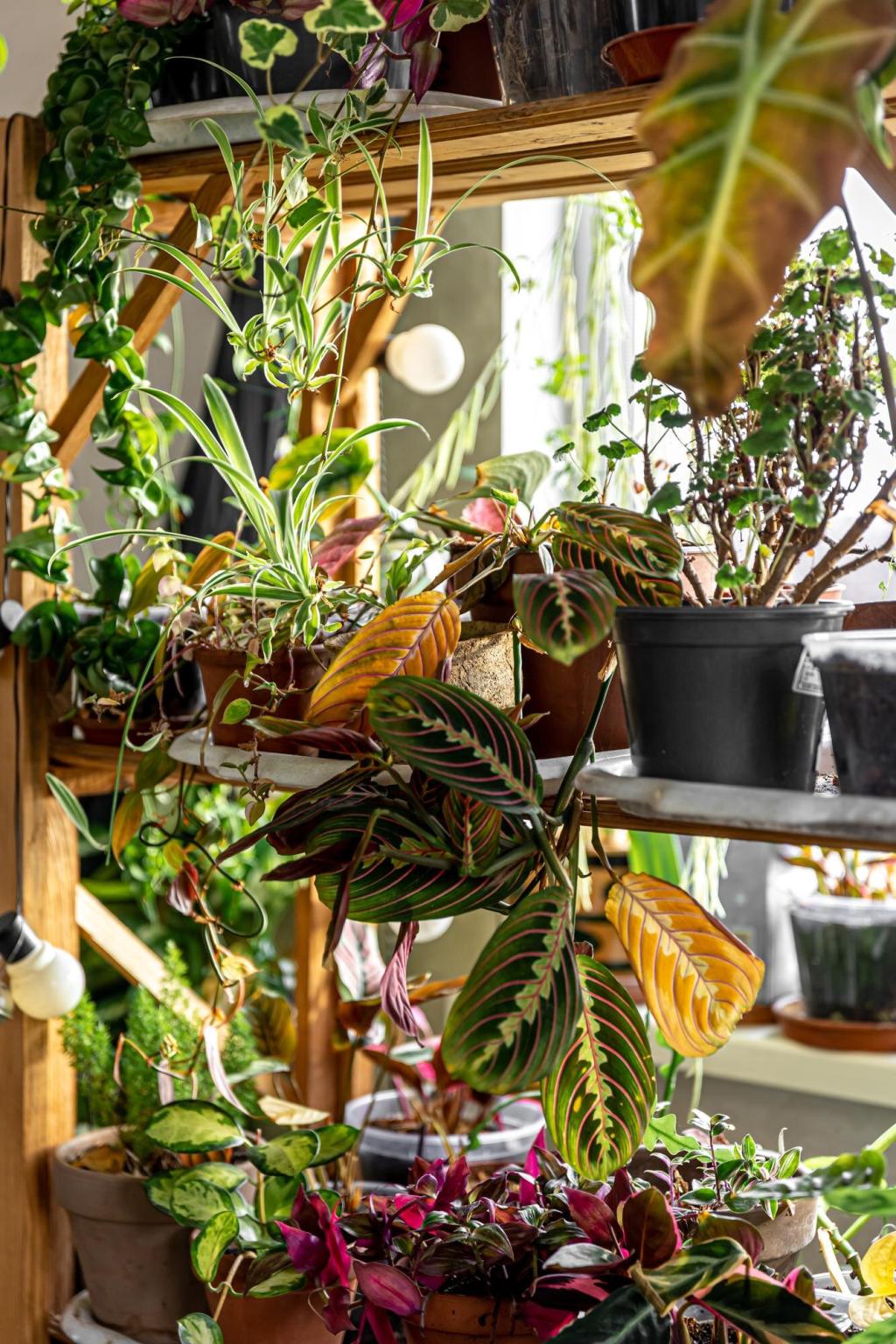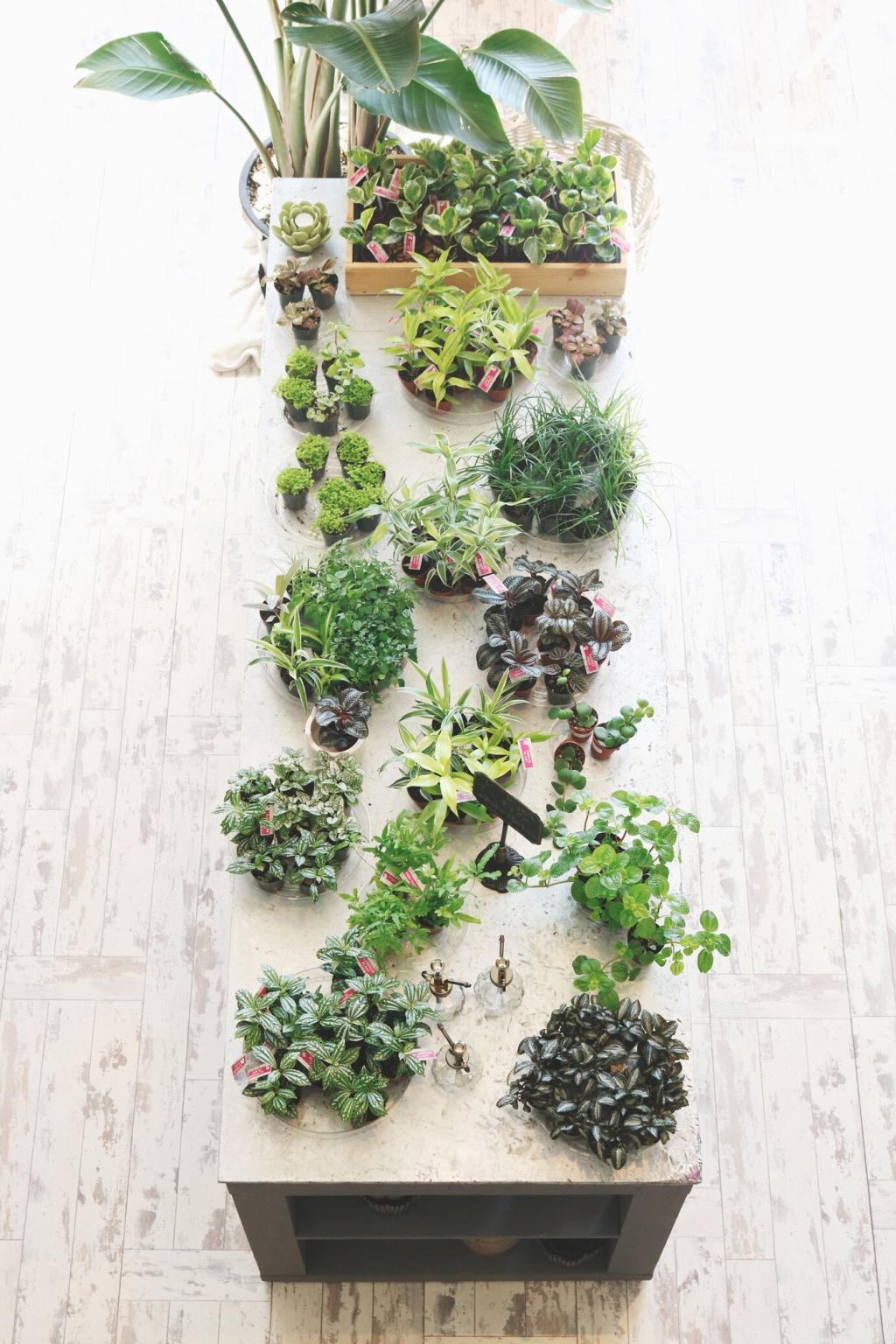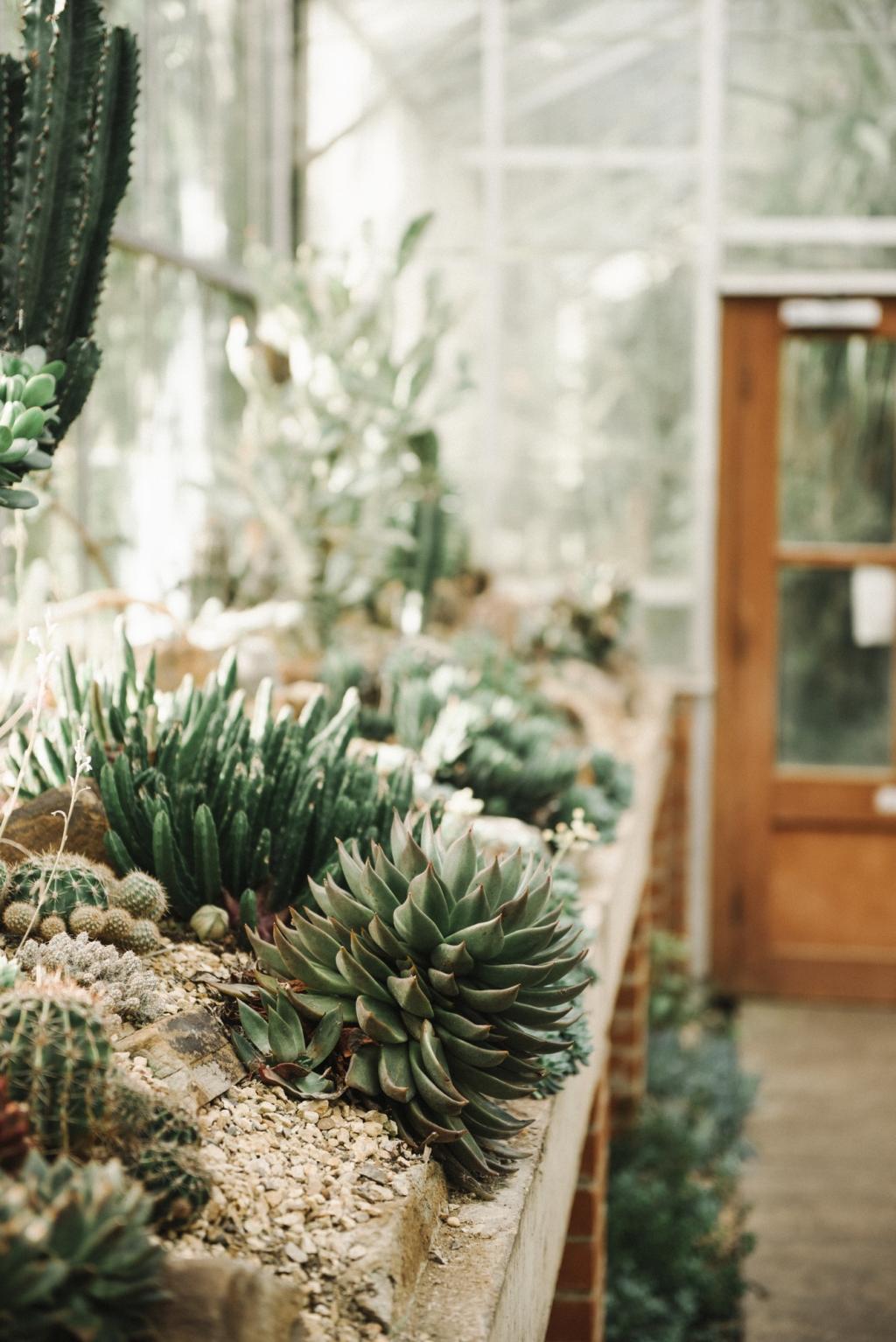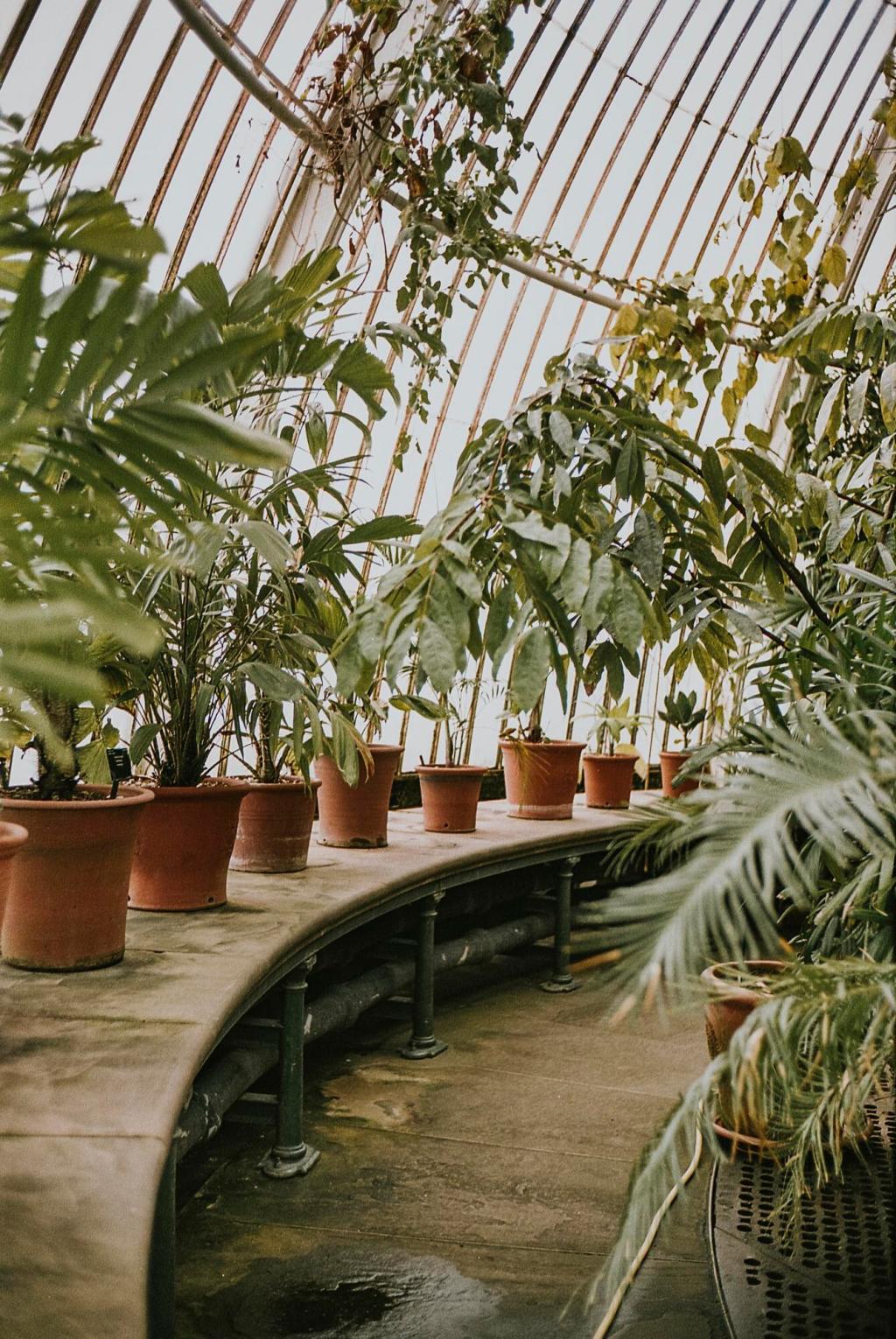
Grow Greener Indoors
Chosen theme: Sustainable Indoor Gardens: Ideas and Inspirations. Explore creative, low-impact ways to nurture vibrant indoor plants and harvests while conserving energy, water, and materials—then share your favorite eco-smart hacks with our community.
Start Smart: Principles of a Sustainable Indoor Garden
Map your space at different times of day, noting sun angles, hot spots near radiators, and drafty corners. Track humidity with a simple hygrometer, observe seasonal shifts, and position plants where conditions align naturally with their needs to reduce artificial intervention.
Light the Way, Not the Bill: Efficient Illumination
Choose right-spectrum LEDs
Select efficient fixtures with high efficacy (look for strong μmol per joule ratings). Combine warm and cool whites or full-spectrum boards, use dimmers to match plant stages, and hang lights at safe distances to prevent leaf scorch and minimize wasted photons.
Use daylight before devices
Rotate plants to capitalize on windows and skylights, and bounce light using white walls or reflective panels. Relocate light-hungry species to brighter spots, reserving LEDs for short winter days. Always avoid magnifying glare that could overheat tender foliage.
Automate and measure
Place lights on smart plugs with timers to maintain consistent photoperiods. Track consumption with a plug-in meter, then iteratively reduce runtime while monitoring growth. Report your best energy savings in the comments to inspire other indoor gardeners.
Water Wisdom: Save Drops, Grow Abundantly
Self-watering and wicking systems
Use reservoirs, capillary mats, or wicking cords to stabilize moisture and reduce overwatering. These systems keep roots evenly hydrated, support weekend getaways, and dramatically cut runoff. Pair with breathable fabric pots to boost oxygenation and root vigor.
Collect and reuse safe water
Harvest rainwater where legal, and repurpose safe sources like aquarium water rich in gentle nutrients. Avoid salted pasta water or chemically treated mop buckets. When in doubt, test conductivity and observe plant responses before scaling up reusing routines.
Soil mixes that sip, not gulp
Blend peat-free media with coco coir, compost, perlite, and biochar for balanced moisture retention and aeration. Add a wetting agent if water beads off. Use a simple moisture meter to refine your mix and minimize both drought stress and waste.
Materials That Matter: Upcycling and Low-Impact Supplies
Transform jars, tins, or thrifted ceramics into planters. Drill drainage holes, add a mesh layer, and check for coatings or lead paint if using vintage items. Thoughtful preparation extends their life and keeps beautiful objects out of the landfill.
Materials That Matter: Upcycling and Low-Impact Supplies
Choose peat-free mixes that protect critical peatland habitats. Combine coco coir, bark fines, compost, and worm castings for structure and nutrients. Verify sourcing claims, and share your favorite peat-free recipe so others can replicate your successful, earth-friendly blends.


Plant Choices with Purpose
Snake plant, ZZ, pothos, and philodendron tolerate uneven care and modest light. While indoor air cleaning claims are often overstated, these plants still boost well-being and create calmer spaces with minimal resource input and very dependable growth habits.

Plant Choices with Purpose
Grow basil, parsley, mint, and quick microgreens in bright windows to minimize artificial lighting. Short growth cycles mean efficient harvests, little waste, and continuous flavor. Swap seed trays with friends and share your favorite indoor pesto or garnish ideas.

This is the heading
Lorem ipsum dolor sit amet, consectetur adipiscing elit. Ut elit tellus, luctus nec ullamcorper mattis, pulvinar dapibus leo.

This is the heading
Lorem ipsum dolor sit amet, consectetur adipiscing elit. Ut elit tellus, luctus nec ullamcorper mattis, pulvinar dapibus leo.
